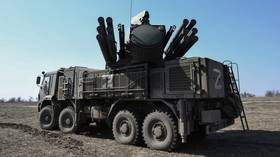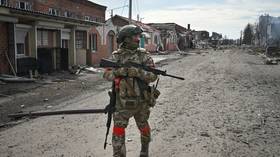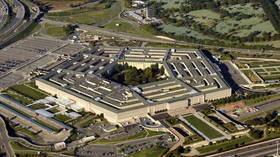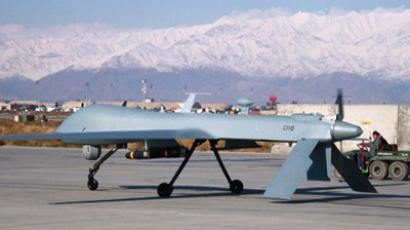American spy drones swarm in droves over Afghanistan

Following a surprise visit in Libya earlier this week, Secretary of State Hillary Clinton made an unannounced stop in Afghanistan today. She's not the only American export people overseas are getting used to seeing, though.
In the first nine months of 2011 leading up to the 10-year anniversary of the Afghan War, US-led spy drones operating with NATO conducted nearly 23,000 surveillance missions in the Afghanistan sky. With nearly 85 flights a day, that figure is nearly double the daily amount from only two years earlier. In 2009, daily spy mission by NATO drones occurred 22 times a day. Though the Obama administration has assured America that the US military’s presence in Afghanistan is being diminished more and more in the days to come, the number of robotic, unmanned spy planes conducting surveillance operations has only skyrocketed, amounting to nearly four-times the amount daily now compared with statistics from only two years ago.As criticism continues to surround the controversial aircraft, it looks as if the US is doing little to halt its drone operations. This summer the military announced that they would be increasing their fleet of Global Hawk spy drones by more than 50 new planes at a cost of $23 billion, despite the president insuring America that the war in Afghanistan is coming to a close and the United States continues to hemorrhage money, made more severe by a military that spends more than any other country in the world several times over.Although the Pentagon insists that drone aircrafts are crucial to the Department of Defense, problems continue to amass pertaining to its expensive fleet. RT reported only last week that a computer virus recently infiltrated the drone’s command center, to which the military’s network operations team was unaware of until the news made its way to the Internet. The Air Force responded by saying that the infectious worm was “more of a nuisance than a threat,” but meanwhile civilians across the Middle East, Africa and Asia see the biggest threat as the US military itself — drones have taken hundreds of lives since the American military added the stealth craft to its arsenal. Just this week the US government admitted that miscommunication between remotely located drone operators led to the deaths of two Americans.As the Pentagon adds the number of drones to aid in NATO missions over Afghanistan, attacks by insurgents have gone up by nearly 50 percent since 2009, reveals a media brief issued last month from the Afghanistan International Security Assistance force. Despite what appears to be an ineffective battle complicated by drone aircraft, the US is continuing its operations with full force. The US is currently constructing new bases in remote locations in Africa and the Arabian Peninsula to more quickly conduct operations over areas considered a threat to American defense.















